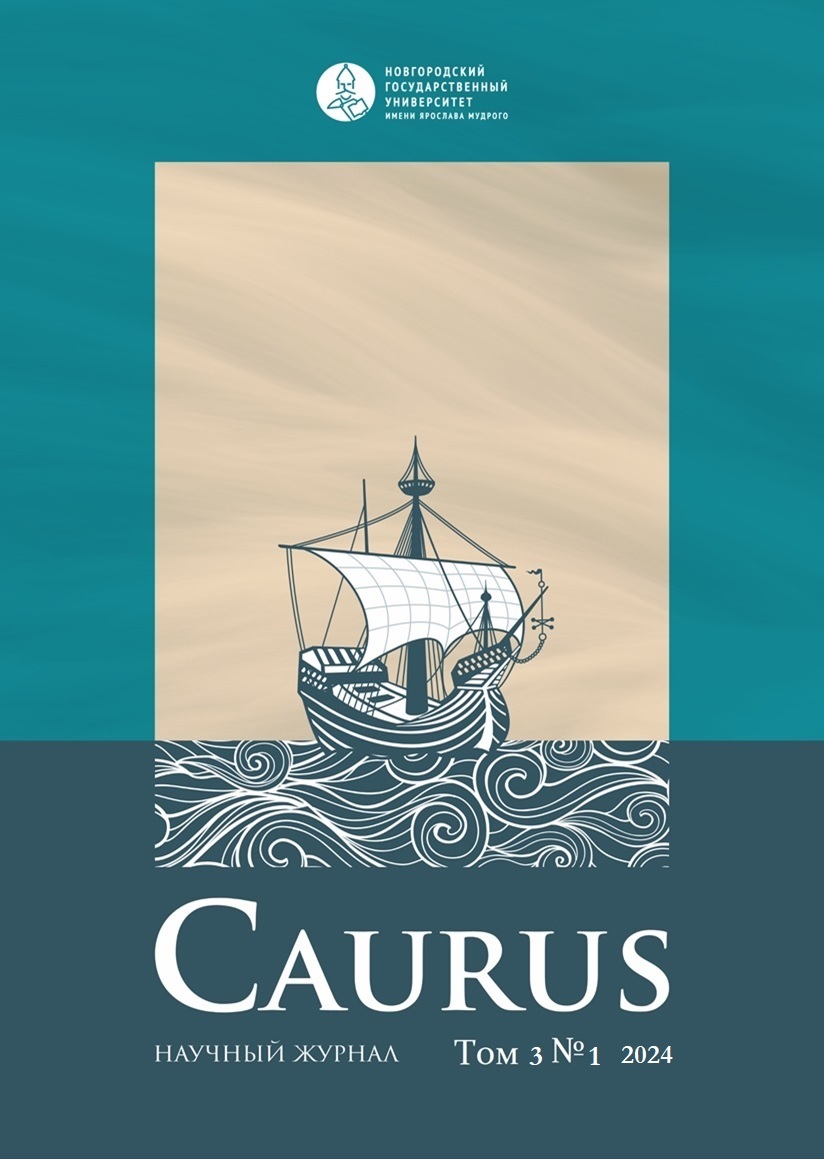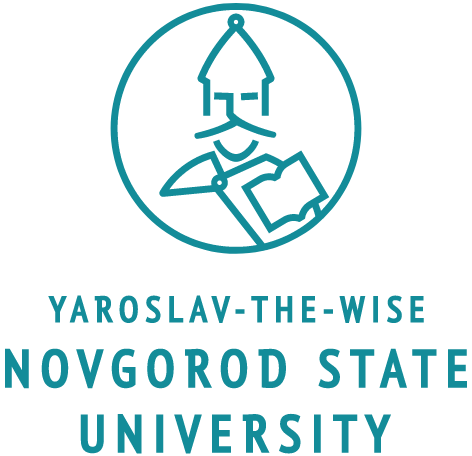The Swedes in the events of the Troubles of the early 17th century: from allies to occupiers
DOI:
https://doi.org/10.34680/Caurus-2024-3(1)-21-34Keywords:
The Troubles in Russia at the beginning of the 17th century, The union of Tsar Vasily Shuisky and King Charles IX of Sweden in 1609-1610 pros and cons, The escalation of an internal conflict into an international one, Mercenary work, The Zemstvo militia, the government army and the Swedish expeditionary force in 1610-1613, The beginning of the Swedish interventionAbstract
Having critically analyzed the documents and materials reflecting the actions of the Swedish expeditionary force, the authors challenged the conclusion of Swedish historiography that the victories of Prince M. V. Skopin-Shuisky over the adherents of False Dmitry II were won thanks to the Swedish expeditionary force. The authors found that a significant part of the Zamoskovye and Pomeranian cities had been liberated by local Zemstvo militias even before the arrival of this corps. Moreover, the militia liberated Novgorod the Great from the siege and helped Prince M. V. Skopin-Shuisky conclude a Russian-Swedish alliance. The Swedish expeditionary force consisted of Western European mercenaries, who, like the Eastern European soldiers of False Dmitry II, rebelled and demanded salaries at crucial moments in the fight against the enemy: the arrival of the corps in Novgorod the Great, after the battles near Tver, in Alexandrov Sloboda and during the Battle of Klushino. The victory over the impostor was won thanks to the Zemstvo militia and the new government army formed from its detachments. The authors also challenged the opinion of Soviet historians that, by helping Tsar Vasily Shuisky, King Charles IX of Sweden began a covert intervention in Russia by a treaty of alliance. In fact, the main thing for the king was to defeat his nephew, King of the Polish-Lithuanian Commonwealth Sigismund III Vaca. The intervention began immediately in an open form after the battle of Klusha and the overthrow of Shuisky. The positive thing about the Russian-Swedish alliance was that the Swedish infantrymen taught the Russian militias how to fight the Polish-Lithuanian cavalry, which later helped the Zemstvo militias to defeat the Polish-Lithuanian invaders.







